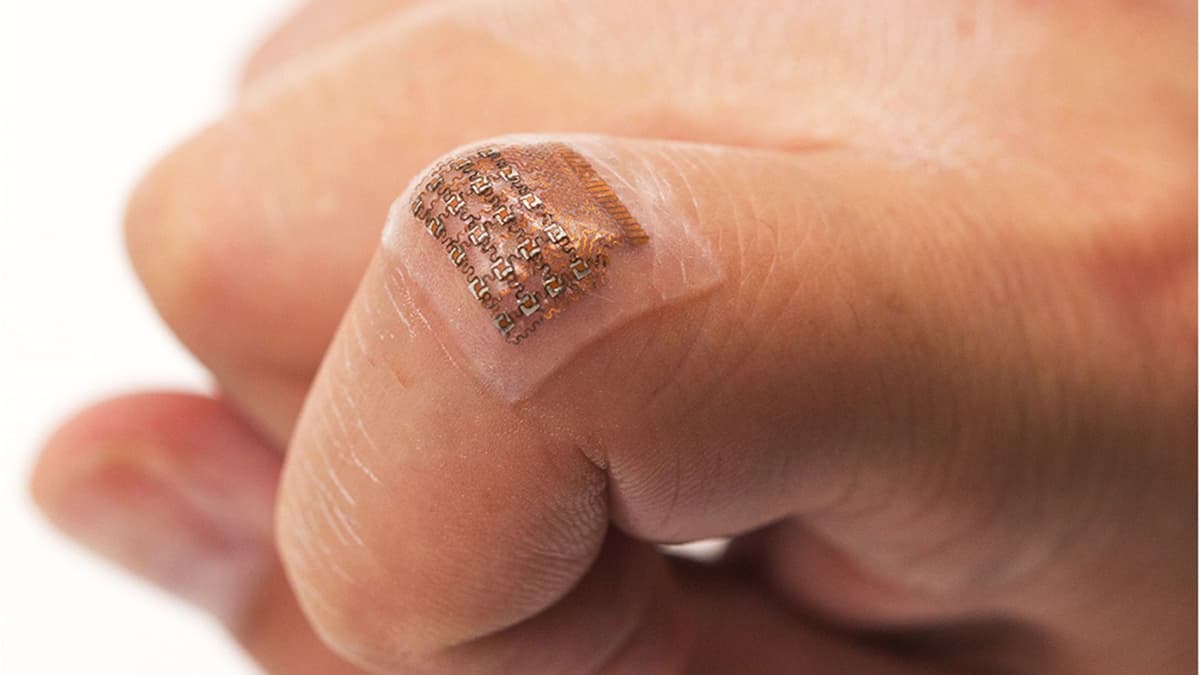For more than a century, checking your blood pressure has meant wrapping a cuff around your arm, squeezing it until your fingers tingle, and sitting perfectly still while a machine spits out two numbers. Useful? Sure. Practical for real-time monitoring? Not even close.
That static, one-off measurement leaves doctors with an incomplete picture of what’s happening inside your arteries during the other 23 hours and 59 minutes of your day. And it’s part of why hypertension—one of the world’s most common and deadly conditions—still blindsides millions of people.
A team from Seoul National University’s Wearable Soft Electronics Lab thinks it’s time to bury the cuff. They’ve created a skin-mounted patch that clings like a Band-Aid and continuously tracks blood pressure by detecting microscopic delays between the heart’s electrical signal and the pulse wave racing through your arteries.
The trick is in the design: a stretchy circuit made from liquid metal, laser-sintered into hair-thin patterns that move and flex like skin. It can stretch to seven times its size, shrug off more than 10,000 bends, and still deliver hospital-grade readings in real time—while you run, sleep, or get through a brutal Monday morning meeting.
In trials, it not only matched traditional cuffs for accuracy, it outperformed them in situations where quick changes in blood pressure mattered—like the spike after a sprint or the drop after cooling down. No inflating, no guessing if the cuff is positioned just right, no “white coat syndrome.”
The implications go far beyond convenience. Continuous monitoring could let people catch dangerous spikes before they cause damage, help athletes fine-tune training without overexertion, and allow intensive care patients to be tracked without the tangle of hoses and wires. For over a billion people worldwide, this isn’t just a gadget—it could be a lifesaver.
And if history is any guide, once consumers get a taste of frictionless, real-time health data, going back to the cuff will feel as absurd as hand-cranking your car to start it.
Related Stories:
- The Rise of Soft Wearables: Electronics You Can Stretch, Twist, and Wash
- From Wrist to Skin: The Next Generation of Health Sensors


